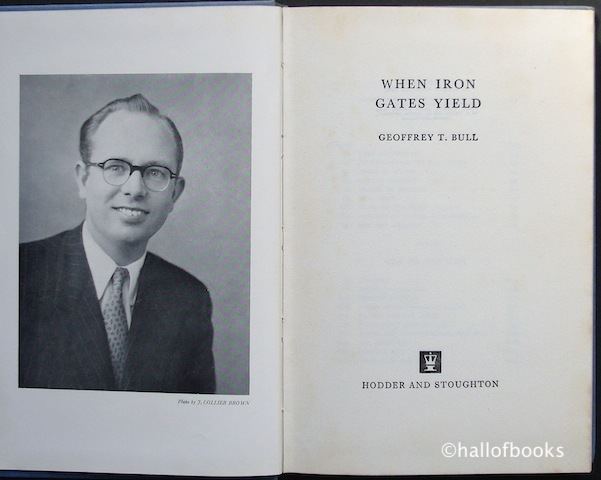In
his book, The Ruler Who Serves, Ray
Stedman tells the story of Julius Hickerson who was a brillant young doctor. He was poised for a very successful career
and a wealthly life as a physician here in the United States. But something unexpected
happened.
God
called Julius to be a missionary to Colombia.
When he told his family and friends his plans to move and serve in
Colombia they all thought he was crazy.
“Why are you leaving a very successful career and moving? You are wasting your life. Look at all the money you will lose.”
For
a long time it looked as if his family and friends were right. Dr. Hickerson worked long hours in remove
villages helping and treating patients and sharing the gospel. The people, however, were resistant to the
Good News of salvation. At the end of
two years of serving and helping and sharing the gospel, not a single person
accepted Christ.
One
day Dr. Hickerson was on a small plane flying supplies to a remote village, but
he never arrived. The plane crashed and the doctor was killed. His friends were right, or so it seemed—a
wasted life. Dr. Hickerson had done some
good, but ultimately died for nothing.
A
couple of years had passed, and the missionary organization that had sent Dr.
Hickerson to Colombia, the Southern Baptist, decided to send another missionary
to Colombia. The plan was for this misssionary to resume the work that Dr.
Hickerson had started. Once the missionary had arrived in the region where the
doctor had died, he found out something amazing. All the tribesmen were
Christians.
As
the new missionary explored, the more Christians he found. Churches were built
and the whole area had been Christianized. The missionary asked, “How did this
happen? Where did you learn about Jesus
Christ?” The villagers replied, “From
this book.”
After
the plane crashed, the villagers found a Bible that had been translated into
their language. They began to read the Bible and passed it around for everyone
to read it. As they read, one by one,
they gave their life to Christ and then they began to build churches. After
hearing this amazing story, the missionary opened the Bible and saw a name
written on the inside: Julius Hickerson.[1]


A
wasted life? No life is ever wasted when that life is committed to following
Jesus Christ. As you begin a new year submit your life to what God wants for
you this year. Take to heart the words of our Lord, “Truly, I say to you, there
is no one who has left house or brothers or sisters or mother or father or
children or lands, for my sake and for the gospel, who will not receive a
hundredfold now in this time, houses and brothers and sisters and mothers and
children and lands, with persecutions, and in the age to come eternal life. But
many who are first will be last, and the last first” (Mark 10:29-31).
According
to Jesus, there is a tradeoff we make for His sake. We gain by losing. By sacrificing
what is temporary, we gain what is eternal. We refuse to place value on what
will eventually pass away, for what will endure throughout the ages. We let go
of that which fleeting, to take hold of that which is of infinite worth. This
is why living for the Gospel is the smartest investment one can ever make. As missionary
martyr Jim Elliot said, “He is no fool who gives what he cannot keep to gain
that which he cannot lose.” -DM



